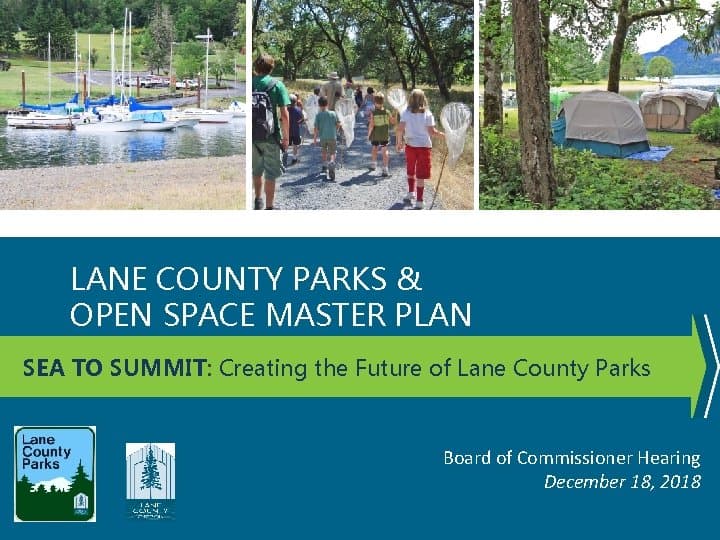Five Lane County Parks Highlight Access Needs, Funding Choices
A local guide highlights five highly recommended outdoor destinations in Lane County, noting parking, accessibility, and best seasons to visit, and prompting discussion about public access and maintenance priorities. The listing matters to residents because it underscores how city, county, and state stewardship shapes recreation, tourism, and local budgets.

A recent guide to five popular outdoor destinations in Lane County lays out both recreational options and practical considerations for residents and visitors. The list names Ridgeline Trail and Spencer Butte near Eugene, Alton Baker Park along the river in Eugene, the Willamette River Greenway trails with multiple access points, Hendricks Park and Rhododendron Gardens with native plant displays, and Jessie M. Honeyman State Park near Florence with dunes, beach access, and family camping. Each entry includes short notes about parking, accessibility, and best seasons to visit.
At the top of the list, Ridgeline Trail and Spencer Butte are presented as classic viewpoints and popular hikes close to Eugene. Alton Baker Park is described for its riverfront trails, off leash dog area, and its role as the corridor for community gatherings. The Willamette River Greenway is noted for its multiple access points that provide walking routes and river views. Hendricks Park and its Rhododendron Gardens are highlighted for native plant displays and forested trails. Jessie M. Honeyman State Park is listed for its dunes, beach access, and family camping near Florence.
Beyond recreation, the guide illuminates policy and institutional issues that affect daily use and long term planning. Parking and accessibility notes point toward recurring trade offs for municipal and county managers. Peak season demand for popular sites places pressure on maintenance budgets, trail upkeep, restroom facilities, and parking capacity. Management responsibilities are split among city parks departments, county agencies, and the Oregon Parks and Recreation Department for state managed lands, which means funding and policy decisions occur across separate institutions.
For Lane County residents, those governance arrangements matter. Choices about capital spending, staffing, and grants influence how safe and accessible trails remain, and how well facilities serve older adults, families, and people with mobility challenges. Visitor patterns affect local businesses in Eugene and Florence, and seasonal use drives maintenance cycles that show up in budgets and ballot measures. Civic engagement plays a clear role, because public comment, volunteer stewardship, and participation in advisory boards can shape priorities and direct scarce resources.
The guide serves as both a practical resource for planning visits and a prompt for public discussion about priorities. As communities consider budgets and land use decisions, officials and voters will weigh investments in parking, accessibility, and trail maintenance against other local needs. Residents who value outdoor access can expect to see these trade offs reflected in upcoming municipal and county planning decisions.


